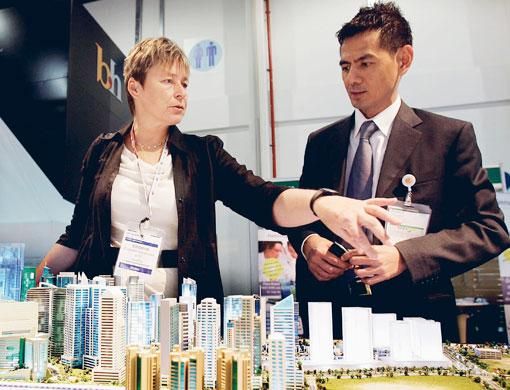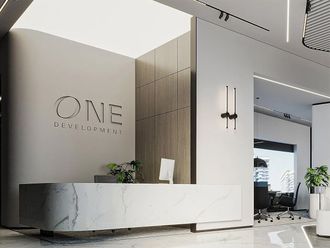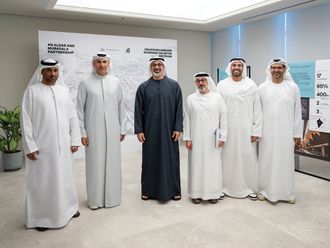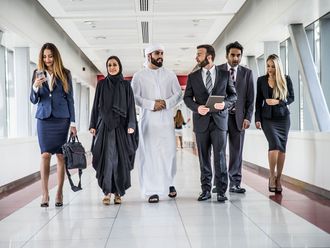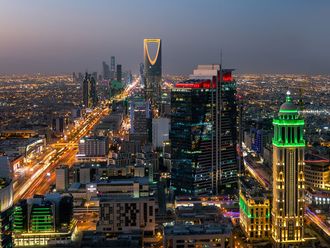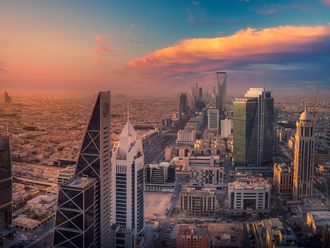Abu Dhabi: The Abu Dhabi Urban Planning Council (UPC), the agency responsible for the future physical planning of Abu Dhabi, yesterday unveiled details of Capital City District, a major development project in Plan Abu Dhabi 2030.
The details were revealed at Cityscape Abu Dhabi 2009, an exhibition of property developers, which began here yesterday.
"The entire project will take up to 25 years to be completed," Falah Al Ahbabi, general manager of UPC told Gulf News.
He said the Capital City District will be built on 50 million square metres of land, twice the size of Yas Island.
Upon completion, the 4,900-hectare Capital City District will serve as a second downtown for Abu Dhabi proper and will be home to 370,000 residents, who will dwell in a mixed-use, sustainable environment comprising high-density transit-oriented communities and lower density Emirati neighbourhoods, UPC said in a statement.
Strategically situated between Abu Dhabi International Airport and Mohammad Bin Zayed City, the Capital City District will seamlessly blend national government institutions, city life, and Emirati culture through a fusion of distinct districts connected by grand boulevards, walkable shaded streets, open spaces, and a world class public transit system.
At the heart of the Capital City District will be a Federal Precinct, which will serve as the national seat of the UAE government.
Federal ministries and government offices will line the Capital Boulevard to provide a dramatic connection to the Presidential Palace and the Grand Mosque on Abu Dhabi Island.
A total of seven grand boulevards, symbolising the seven emirates, will connect the city centre with surrounding districts. The boulevards also have a functional aspect as they will effectively move traffic in and out of the city, while being lined with national institutions, landmark buildings, public art, and monuments.
An interconnected street system is an integral part of the masterplan, as it is designed to encourage walking through shaded and landscaped streets, which will also address the challenges posed by the desert climate of Abu Dhabi.
Furthermore, dedicated bike routes will be integrated into the streetscape offering safe and convenient alternative travel options across the city.
Capital City District residents and visitors will benefit from two main street types; retail streets dotted with shops, cafes, restaurants, and plazas and the quieter and more relaxing neighbourhood streets.
The masterplan is a mixture of residential, commercial, retail, and community clusters.
Education, research, sports, and entertainment are also vital components of the Capital District City masterplan. Schools will be located within close proximity to all neighbourhoods, serving both Emirati and expatriate communities' schooling needs, while universities, a medical campus, and biomedical research facilities will provide higher education capabilities.


